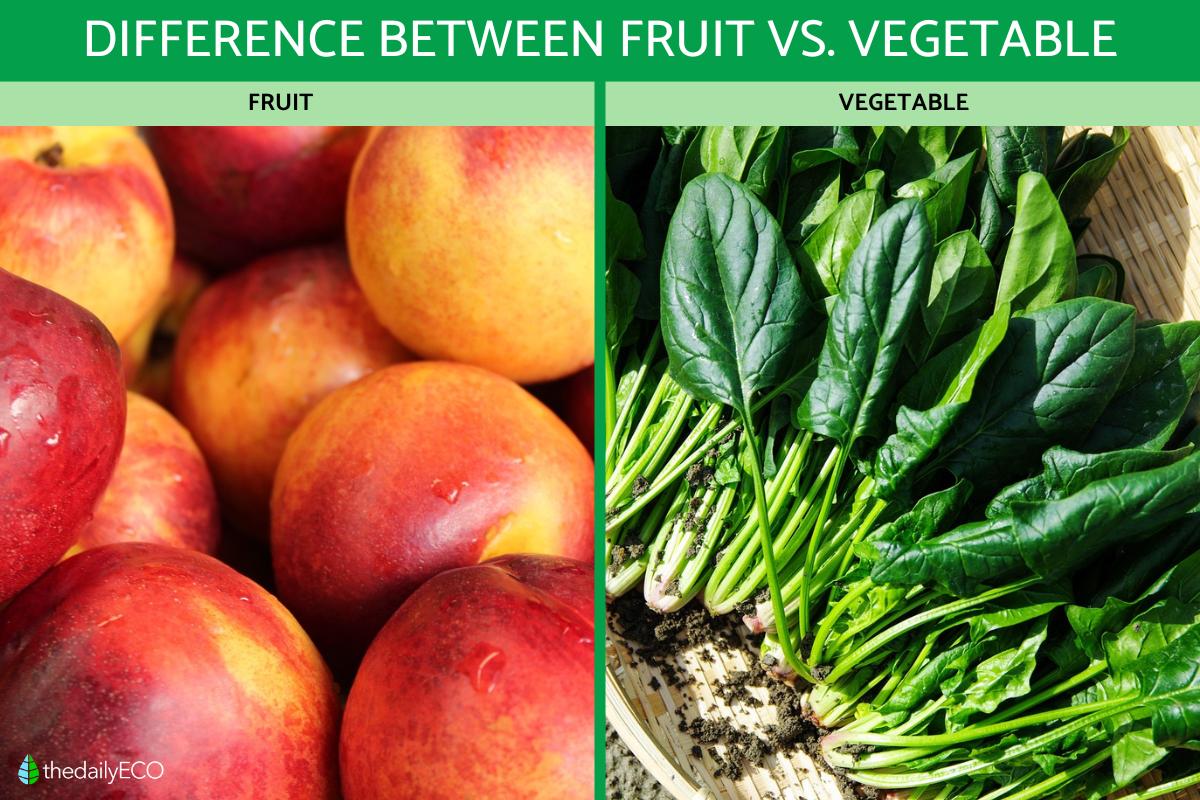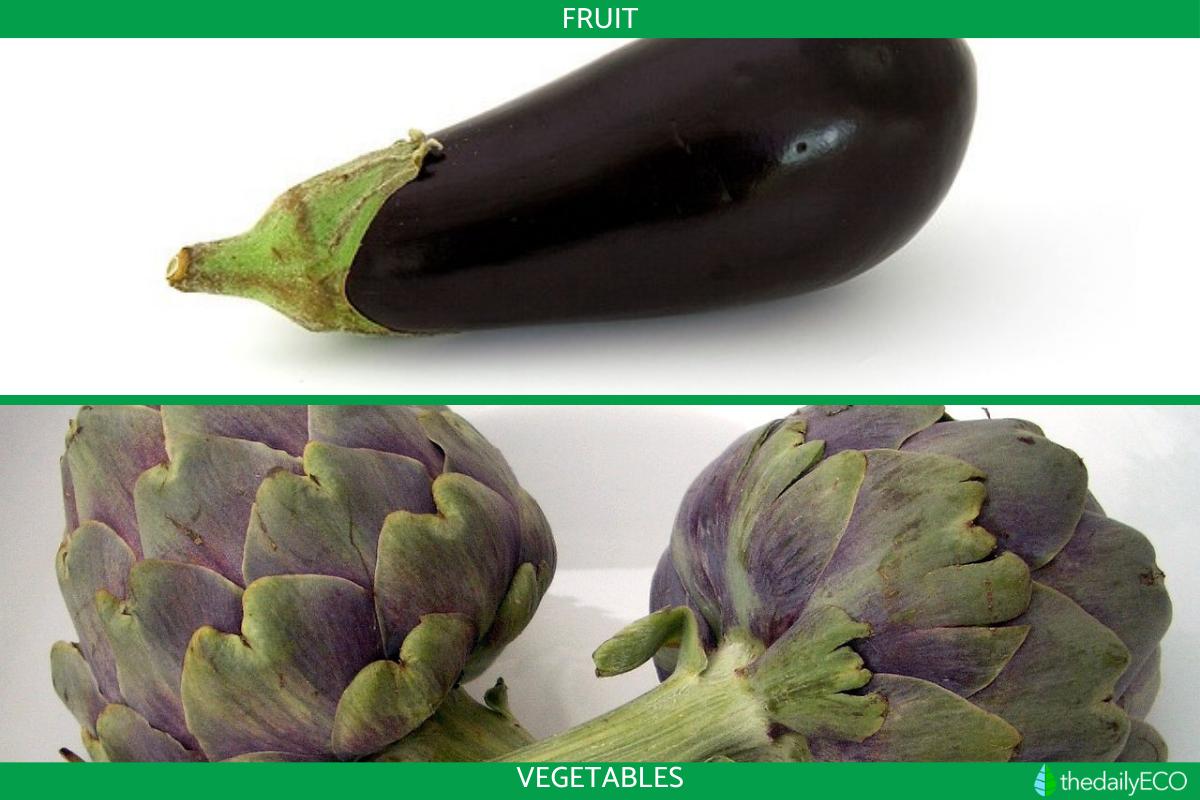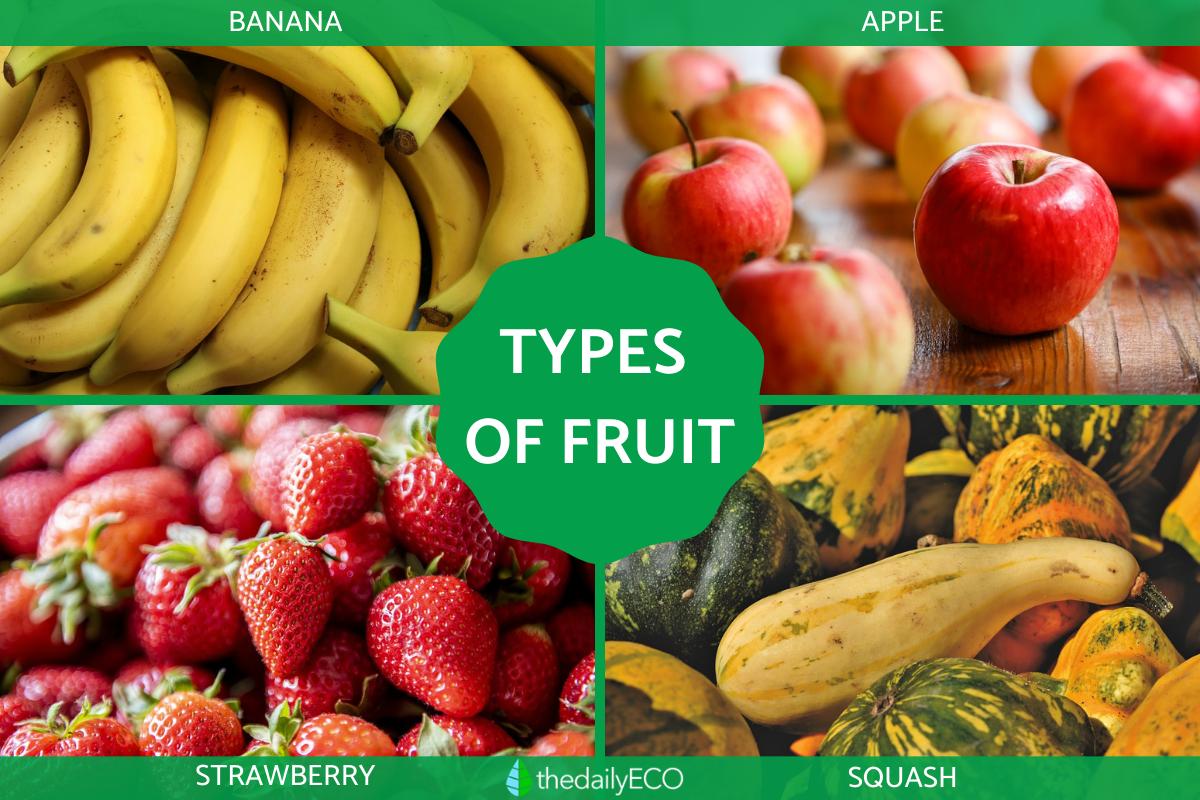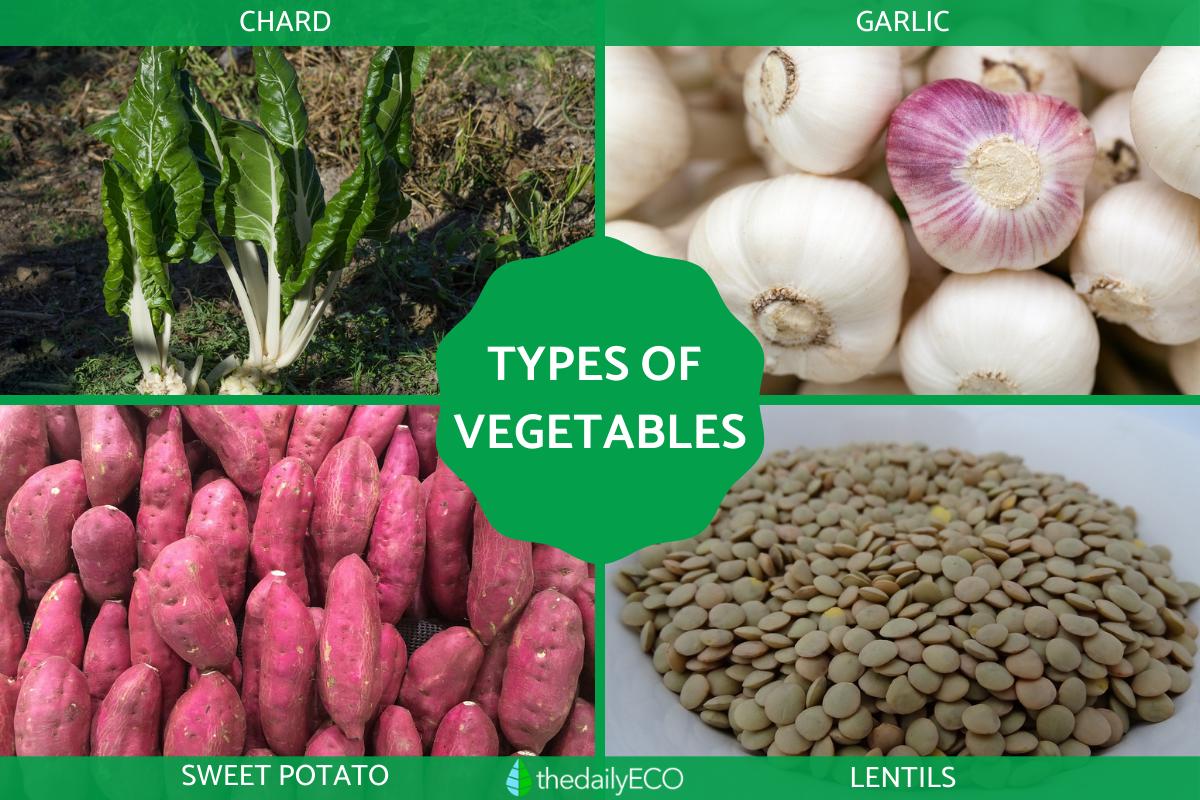Difference Between a Fruit vs. Vegetable


For most of us, the concept of fruit vs. vegetable is mainly a culinary distinction. Generally speaking, we go to vegetables when we want something savory and fruit when we want something sweet. However, this distinction is not accurate when it comes to categorizing fruits and vegetables. To really know the difference, we have to understand how these living organisms are categorized. We need to ask what makes a fruit a fruit? What makes a vegetable a vegetable?
At thedailyECO, we understand the distinction by looking at the difference between a fruit vs. vegetable. We learn why science makes a difference and what that means to us as consumers.
What is the difference between a fruit vs. vegetable?
To understand the difference between fruits and vegetables, we need to know why we use these terms. While fruit is used in botany to describe parts of certain plants, vegetable is not a strict scientific term. In has more to do with food preparation and consumption than scientific categorization. This is similar to how meat from cattle (Bos taurus) is known as ‘beef’ when it is consumed as food.
Although ‘fruit’ is a scientific term, it is also used as a common expression for certain types of food commonly eaten by humans. With this in mind, we can look at the two definitions of fruit and vegetables according to common usage:
- Fruit: the fertilized ovary that a plant creates around the seed or seeds. It is a structure which is only present in angiosperms, i.e. flowering plants. Its function is related to the reproduction of plant species. This is often to encourage animals to eat the fruit and disperse the seeds, as well as to act as protection for the seeds.
- Vegetable: any part of a plant other than the fruit that is consumed as food. It can be the leaves, the root, the stems or even the flowers. In all of these cases, the plant part is considered a vegetable. As you can see, it is a very vague and imprecise term. It is useful for everyday use, but it can also lead to confusion or error if we want to specify or talk about something technical in the scientific field.
You can learn more about flowering plants with our article examining the difference between angiosperm and gymnosperm plants.

What makes a fruit a fruit?
As we have explained, the fruit is a specific structure of a plant. It is part of the reproductive system and is directly linked to the flower. Specifically, it is the mature ovary of flowering plant which develops after fertilization. Once the flower's ovary undergoes cell division, the resultant fruit develops. The structure of each plant's fruit can vary incredibly. It can be of various shapes, sizes and delectability.
Despite the variation in structure, fruit serves the same basic purposes:
- Seed protection: fruit is often quite fleshy and may have a protective skin. This allows the seeds to be kept safe against environmental conditions until they can be sown and give rise to new plants. Not all fruits provide the same level of protection. Some may have seeds which can be easily dislodged for better dispersal.
- Seed dispersal: it is not a coincidence that we find so many types of fruit so tasty. Nature created fruit to help with seed dispersal since animals seek out the fruit and drop the seeds in the process. There are other methods a fruit can disperse seeds, such as via the wind or other means. Whatever the method, the structure, flavor and other aspects of the fruit help to facilitate seed dispersal.
Many of the foods we think of as vegetables are actually fruit. We often think of fruit as being sweet and vegetables as being savory, but this is not the case. For a food to be a fruit, it needs to fit the description above. There are also many different types of fruit within this broad category. These are generally grouped into the following:
- Fleshy fruit: the part of a plant known as a pericarp has lots of moisture, making it fleshy and often being very sweet or tart due to natural sugar content. Examples include oranges and apples.
- Dry fruit: lack moisture in the pericarp and have a dry texture. They are usually not very sweet. An example is the peanut.
There are also other categories of fruit defined by their structure. They include:
- Pomes: these are fleshy fruit which have multiple seeds inside. The flesh is usually sweet and tasty. Examples include pears and apples.
- Drupes: also known as stone fruit, these are fleshy fruits with a single seed in the middle. These include nectarines, peaches and cherries. Learn about some more types with our article on different plum varieties.
- Berries: these are small fruits which have a very fleshy pericarp which are produced from a single flower and have no stone, but they do have seeds. Examples include bananas, grapes and eggplants. We explain more in our article asking what is considered a berry?
- Aggregate fruit: despite their name, strawberries and raspberries are not berries. They are actually aggregate fruit which grow from multiple ovaries in a single flower.
- Hesperidia: modified berries which have a tough rind, but a fleshy pericarp which contains the seeds. Examples include oranges, lemons and other citrus fruits.
- Pepo: another type of berry with a hard rind, but do not have internal divisions like citrus fruit. Includes the gourd family, such as squash and cucumbers.
Is tomato a fruit or a vegetable?
The tomato is a fruit. It contains the seeds of the plant and is technically considered a type of berry. Despite technically being a fruit, there is another important categorization which considers it a vegetable.
In 1887 in the United States, the Supreme Court had just passed a law according to which imported vegetables had to pay a tax from which fruits were exempt. Trying to avoid the tax, tomato importers argued by citing biologists and dictionaries that the tomato was a fruit, since it fit the botanical term that designates it. The government saw it differently. If the tomato was served as a dessert or in salads, that made it a vegetable. This decision had very little to do with botany, but it continues in numerous discussions to this day.
Are strawberries fruits?
Another case that deserves specific mention is strawberries. Strawberries are not fruits as such, but infructescences, a type of aggregate fruit. This is a union of fruits that grow so close together that they look like a single fruit. The small yellow dots on strawberries are therefore not seeds, but actually small fruits which contain even smaller seeds within them.
Learn some more about how we categorize fruit with our article on the different types of autumn fruit.

What makes a vegetable a vegetable?
While fruits have some very specific botanical categorizations, vegetables are a much more loosely defined category. Essentially, vegetables are the edible parts of plants which include everything but the fruit. Their structures and appearance can vary incredibly. Since many people think of them in terms of being savory, they may think a fruit like a squash is actually a vegetable. However, this is actually a type of modified berry.
Generally speaking, the different types of vegetables that exist are grouped according to the part of the plant from which they are derived. We share the different types of vegetables with some examples of each:
- Leaves: lettuce and spinach.
- Bulbs: garlic and onion.
- Flowers: cauliflower and artichoke.
- Roots: radish and carrot.
- Tubers: potato and sweet potato.
- Stems: asparagus and celery.
- Legumes: lentils, rice and beans.
Vegetables have a huge impact on human nutrition and the world economy. Wheat and corn alone account for 40% of the total food source for humans worldwide, as well as 25% of the total calories consumed. Rice is also essential, without which the diet of Asian countries would be incredibly different. We cannot forget tubers such as potatoes, sweet potatoes and yuca, which are also vital in a large number of cuisines.
In particular, tubers are an indispensable part of the diets of a large part of South America and Africa. They are a very important source of nutrients for communities that do not have regular access to meat due to the scarcity of livestock. Other vegetables such as carrots, lettuce, onions, asparagus, chickpeas or lentils cannot be forgotten either. Learn about a specific type of tuber with our article explaining the different types of sweet potato.
Now we know the difference between fruits vs. vegetables, we may want to know more about how our foods are categorized with our article sharing the difference between organic and natural foods.

If you want to read similar articles to Difference Between a Fruit vs. Vegetable, we recommend you visit our Facts about nature category.








